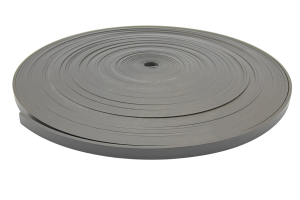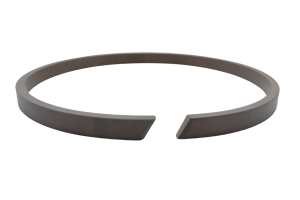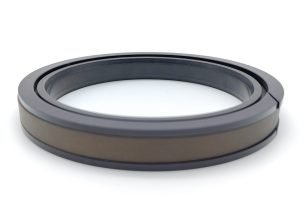When selecting hydraulic seals for cylinder manufacture and repair, most users typically purchase according to the size and color of the samples, which can increase the difficulty of purchasing and may not necessarily result in the selection of the right seals.
It is recommended to use the following procedures to improve the accuracy of purchasing hydraulic seals.
Correct selection of hydraulic cylinder seals is crucial to ensuring the sealing performance of hydraulic cylinders and extending their service life. You need to consider many aspects.
Table of Contents
ToggleDirection of movement
First, determine the direction of movement of the seal location, such as reciprocating, rotary, spiral, or fixed.
Sealing focus
For example, determine whether the active point is a rod seal on the inner diameter, a piston seal on the outer diameter, or a dust seal to prevent contaminants from entering.

Working pressure
Different seals have different pressure ranges, and you need to choose seals that can withstand the system working pressure. For high-pressure systems, metal seals or high-performance PU seals can be selected; for low-pressure systems, ordinary rubber seals can meet the requirements.
Working temperature
The material properties of seals will change with temperature. In high-temperature environments, high-temperature-resistant seals, such as fluororubber seals, need to be selected; in low-temperature environments, low-temperature-resistant seals, such as nitrile rubber seals, need to be selected.
Working medium
Different working media have different corrosiveness to seals, and it is necessary to select seal materials that are suitable for them. For example, in hydraulic oil, nitrile rubber seals are widely used; in environments containing corrosive media, corrosion-resistant seals, such as PTFE seals, need to be selected.
Size
Most users will purchase according to old samples, but after a period of use, the seals will be greatly affected by factors such as temperature, pressure, and wear. The original size can only be used as a reference by selecting samples. A better way is to measure the seal size of the metal groove where the seal is located, which will be more accurate.
In addition, you can choose the appropriate sealing form according to the movement speed and working conditions of the cylinder. For example, in a high-speed cylinder, a seal with a small friction coefficient needs to be selected to reduce energy loss and wear.
Through proper selection, the durability and effectiveness of the seal can be ensured, thereby reducing the risk of oil leakage.







